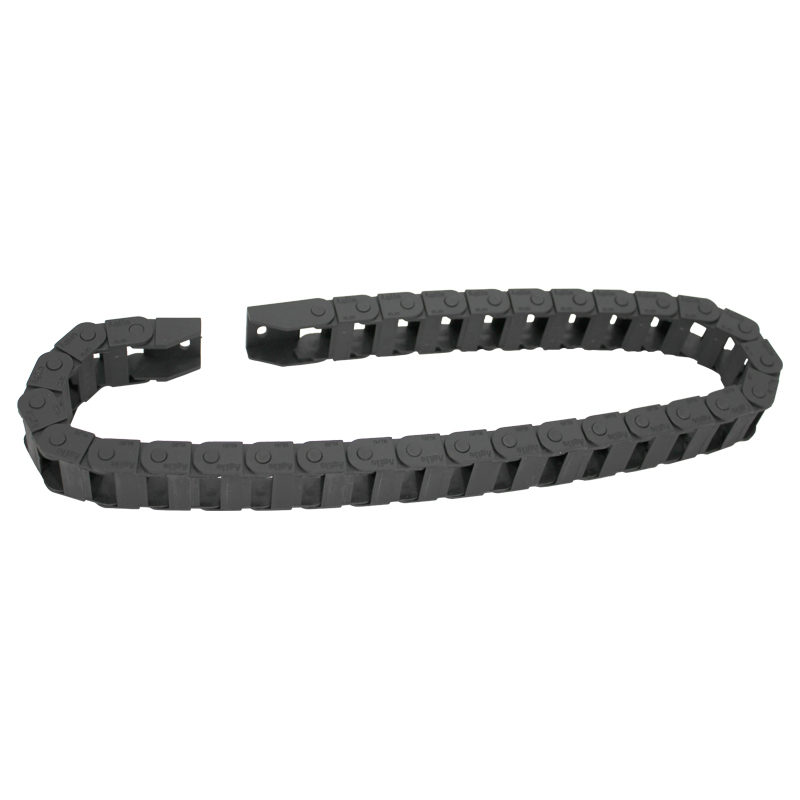cnc cable track
Understanding CNC Cable Track An Essential Component for Modern Machining
In the realm of precision engineering and manufacturing, Computer Numerical Control (CNC) machines have revolutionized the way components are produced. One integral aspect of these machines is the CNC cable track, a crucial component that ensures long-lasting performance and efficiency.
What is a CNC Cable Track?
A CNC cable track, often referred to as a drag chain or cable carrier, is designed to protect and manage the various cables and hoses that connect the CNC machine’s components. These include electrical power cables, signal wires, and hydraulic hoses, which are essential for the machine’s operation. The cable track helps organize these elements, preventing tangling and wear, while allowing for smooth movement and flexibility as the machine operates.
Importance of CNC Cable Tracks
1. Organization and Protection One of the primary functions of a cable track is to keep cables organized. This organization is crucial in a dynamic environment where machines move rapidly and continuously. By containing and guiding the cables, the tracks protect them from abrasion and damage, which can lead to costly downtime and repairs.
2. Enhanced Mobility CNC machines often require extensive movement along multiple axes. The design of the cable track permits the free movement of cables while following the machine’s motion. This aspect is particularly important in machining operations that involve complex and repetitive movements, ensuring that the cables do not get snagged or pulled.
3. Reduction of Wear and Tear The repetitive motion of CNC machines can cause cables to experience significant wear and tear. Cable tracks are constructed of durable materials such as plastic or metal, designed to withstand the rigors of constant movement. This durability significantly extends the lifespan of the cables, helping manufacturers save on replacement costs.
4. Safety Considerations Une organized cables can pose safety risks in the workplace. If cables are left loose, they could become trip hazards or get caught in moving parts of the machine, leading to accidents. Cable tracks help mitigate these risks by securely containing cables and ensuring they are routed safely away from moving components.
cnc cable track

Different Types of CNC Cable Tracks
CNC cable tracks come in various sizes and designs, tailored to the specific needs of different machines and applications. Common types include
- Open Cable Tracks These tracks allow easy access to cables for maintenance or replacement. They are often used in situations where cable management needs to be frequently adjusted.
- Enclosed Cable Tracks These provide more protection for the cables by covering them completely. They are ideal for environments with high levels of dust or debris that could damage exposed cables.
- Flexible Cable Tracks Designed for applications that require continuous bending and movement, these tracks offer additional flexibility, accommodating the dynamic motions of advanced CNC operations.
Installation and Maintenance
Proper installation of a cable track is vital to the performance of a CNC machine. It requires careful planning to determine the optimal routing of cables and hoses. Manufacturers must consider the machine’s operational dynamics to minimize stress on the cables. Regular maintenance, including inspection for wear and damage, ensures the longevity and reliability of both the cable track and the cables it houses.
Conclusion
CNC cable tracks play a pivotal role in the efficiency and safety of CNC machining operations. By facilitating the organization, protection, and mobility of essential cables, these tracks contribute significantly to the overall performance of CNC machinery. Investing in high-quality cable tracks is an essential step for manufacturers looking to enhance the reliability of their operations, reduce downtime, and ensure the safety of their work environment. As technology continues to advance, the importance of effective cable management solutions like CNC cable tracks will only grow, positioning them as a fundamental element in the future of manufacturing.








